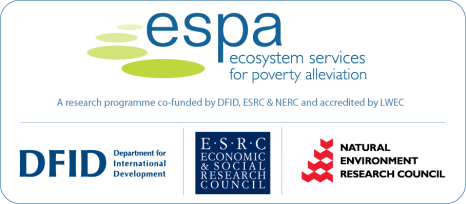Bamburi beach: Agent-Based Modelling of artisinal fisheries and the Bamburi Beach Management Unit

Bamburi is one of the busiest public beaches in the South Kenyan coast being situated just a few kilometers north of Mombasa. A strong tourism industry (with Mombasa Marine Park nearby) and many different kinds of beach businesses and different types of fishing vessel are evident here; it was reported to have one of the ‘most complex’ Beach Management Units on the coast. Agent-based models (ABMs) based on the human geography of Bamburi beach (eg.see video above) have sparked the interest of stakeholders in the coastal ecosystem in the use of models. An objective of the WD-NACE project is to use models to ask what information is required and what is missing for decision-making (i.e what indicators are used). There is a need for improved information systems, as well as models, that can help stakeholders to understand possible consequences of choices about coastal resources and livelihoods. This video shows a day simulated in the Bamburi ABM, focusing on artisinal fisheries with some geographical accuracy. Different types of vessels can be seen, and different fish species, as well as changing sea conditions. A storm hazard (which occurs more often in the low season affecting fishing effort) is represented by a shaded area.
Thanks to Ankita Anirban (studying Physics at Kings College London) for her work on the Bamburi ABM.
Acknowledgement:
This work was funded by the Ecosystem Services for Poverty Alleviation programme (ESPA) as project number NE/I00288X/1. ESPA is funded by the Department for International Development (DFID), the Economic and Social Research Council (ESRC) and the Natural Environment Research Council (NERC), as part of the UK’s Living with Environmental Change Programme (LWEC).

(0) Comments
There is no content